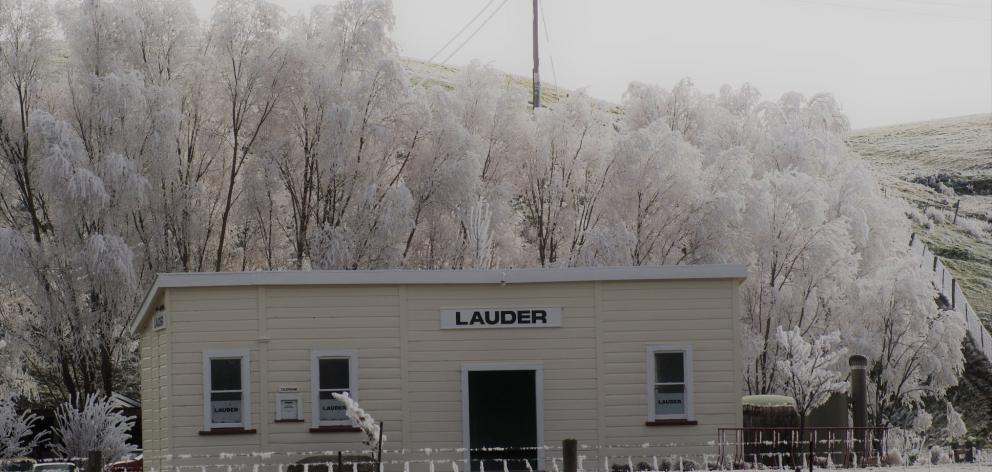
If you were shivering more than usual last month, it is probably because several May weather records were broken in parts of Otago and Southland.
Niwa statistics showed the first half of the month was relatively warm and dry throughout the country, but during the second half, a blocking anticyclone became established over the southeast of Australia.
Climate scientist Gregor Macara said the weather pattern delivered a prolonged period of disturbed west and southwesterly winds over the country, bringing many fronts and an unsettled spell of weather.
A weak ridge of high pressure covered the lower South Island during the final days of May, bringing heavy frosts to parts of Central Otago and Southland.
Lauder broke its May daily maximum air temperature record when the mercury dropped to -2.6degC on May 31 - the lowest high since records began in 1924.
Temperatures in the Tara Hills (-1degC), Manapouri (West Arm jetty) (0.4degC) and Lauder were also the coldest autumn (March-May) maximum air temperatures on record.
Other autumn temperature records were set at Five Rivers, which recorded a daily minimum air temperature of -6.4degC on May 30 (the lowest since records began in 1982), Musselburgh (-2.2degC on May 31, second-lowest since 1947) and Alexandra (-7.1degC on May 30, third-equal lowest since 1929).
Mr Macara said the nationwide average temperature in May 2018 was 11.2degC (0.4degC above the 1981-2010 May average) and the autumn (March-May) nationwide average temperature was 13.8degC (0.6degC warmer than the 1981-2010 autumn average).
In parts of Southland, May temperatures were below average, but temperatures were typically near average for the rest of the South Island.
Rainfall was ''well below normal'' in North Otago. Just 19mm of rain fell in Oamaru, 46% of the May norm.
Rainfall was ''below normal'' in Eastern Otago, and ''near normal'' for the rest of the region.
As of June 1, soil moisture levels were above normal for this time of year for eastern and inland parts of the South Island north of Southland, and generally near normal across the remainder of the country, he said.












